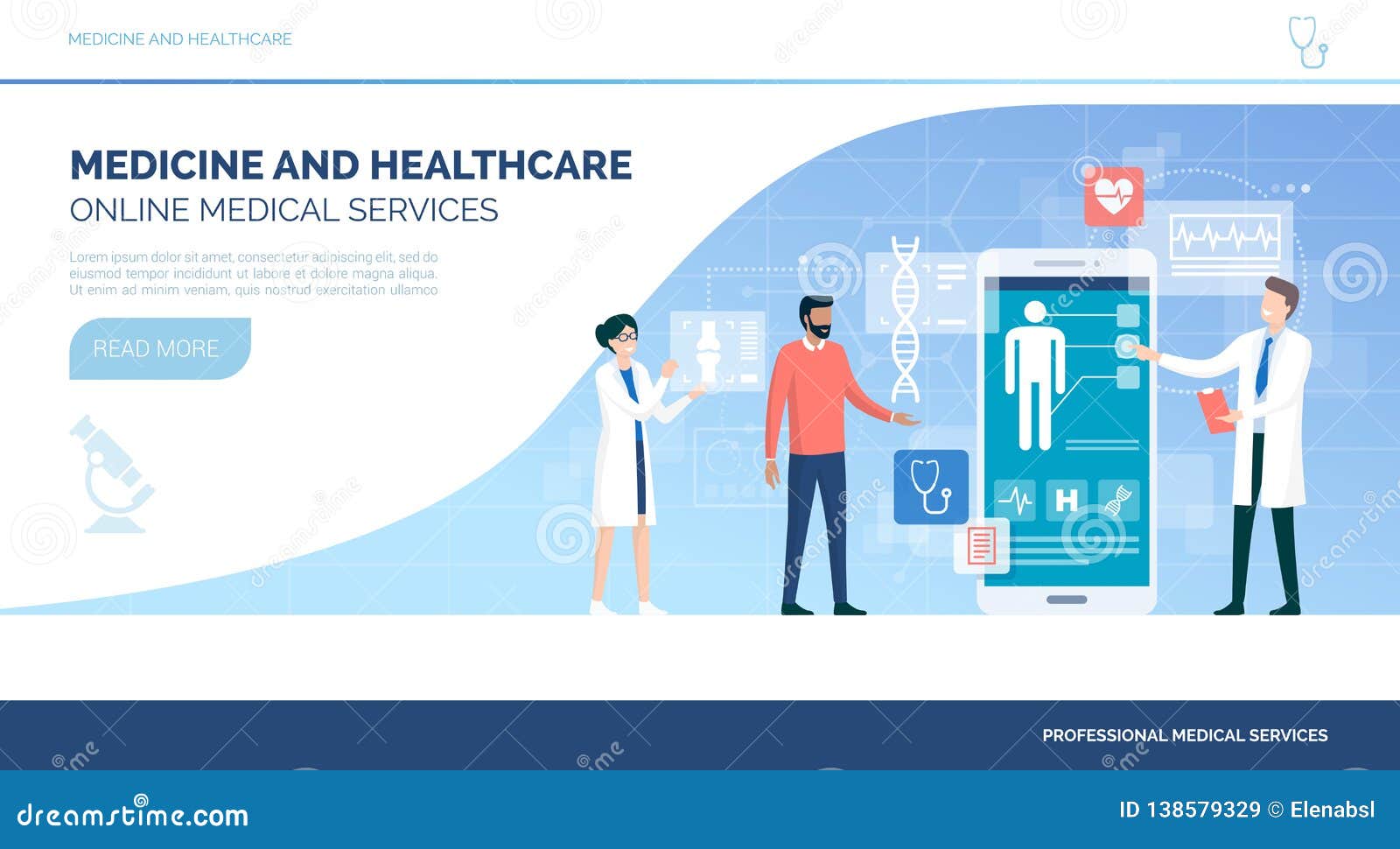A Comprehensive Overview to Subscription Based Healthcare: What You Required to Know
A Comprehensive Overview to Subscription Based Healthcare: What You Required to Know
Blog Article
Recognizing the Cost-Effectiveness of Subscription-Based Medical Care Versions
As the healthcare landscape develops, subscription-based designs emerge as an engaging alternative, promising to redefine just how people manage medical expenses. Assessing these versions' cost-effectiveness demands a nuanced contrast with typical insurance policy, thinking about both financial ramifications and person contentment. While they use openness and predictability in prices, inquiries remain concerning their capability to satisfy diverse health care demands, specifically for specialized therapies. The viewpoints of medical care providers better complicate this equation, offering a diverse challenge. What does the future hold for these designs, and can they absolutely provide on their guarantee of accessible, affordable care?
Summary of Subscription-Based Designs
Subscription-based healthcare versions, often described as straight health care or attendant medicine, are progressively gaining interest as a potential service to inadequacies within traditional medical care systems. These models operate on the concept of offering people direct accessibility to doctor through a annual or regular monthly charge, bypassing the requirement for conventional insurance coverage devices. This setup intends to improve patient-provider communications by minimizing administrative problems, which typically prevent timely and tailored treatment.
At the core of subscription-based models is the emphasis on a much more individualized client experience. People benefit from improved access to their doctors, often consisting of next-day or same-day appointments, extended appointment times, and straight interaction networks such as phone or video clip calls. This design cultivates a positive method to medical care, where people and carriers can collaboratively concentrate on preventative care and chronic condition administration.

Price Comparison With Traditional Insurance Coverage

Among the key economic advantages of membership models is transparency in prices. Clients pay a foreseeable charge, which can simplify budgeting and economic preparation. Additionally, these models generally remove co-pays and deductibles for covered services, reducing out-of-pocket investing. Alternatively, conventional insurance policy may be more useful for people needing specialized treatment or expensive therapies not covered under a subscription version, as they gain from the wider protection network and cost-sharing systems.
Nonetheless, cost-effectiveness is context-dependent. While membership versions could provide cost savings for those primarily needing health care, individuals with persistent problems or specialized healthcare demands might discover typical insurance a lot more extensive. As a result, assessing particular health care demands and potential use is essential in identifying one of the most cost-effective choice for people.
Influence on Person Contentment
Individual complete satisfaction within subscription-based medical care versions typically reflects a substantial enhancement over conventional insurance coverage systems. This improvement is mainly credited to the personalized care and access these designs provide. Patients often report greater satisfaction because of minimized delay times and the convenience of organizing consultations. Unlike conventional systems, where individuals could experience delays in getting treatment, subscription-based models make sure even more prompt and direct communications with health care service providers.
In addition, the transparency in costs related to subscription-based medical care reduces the typical disappointments associated with unforeseen costs and complex payment procedures seen in conventional insurance (subscription based healthcare). People appreciate recognizing the precise economic commitment upfront, causing boosted depend on and confidence in see it here their healthcare management
Additionally, the focus on precautionary care and health in subscription versions adds to improved wellness end results, additionally enhancing individual fulfillment. By concentrating on continuous health and wellness upkeep as opposed to episodic care, people experience a more all natural and continuous health care trip.
Additionally, the enhanced provider-patient connection promoted in these designs, defined by more time spent per client and individualized attention, plays a vital role in raising client satisfaction levels, as clients really feel really taken care of and recognized.
Provider Viewpoints and Experiences
From the copyright's viewpoint, subscription-based healthcare designs use a transformative strategy to providing medical solutions. These models highlight a preventative and aggressive medical care strategy, enabling suppliers to concentrate on comprehensive patient care without the restrictions of standard fee-for-service setups (subscription based healthcare). This change in emphasis usually results in improved patient outcomes and enhanced service provider satisfaction, as health care experts can assign more time and resources to patient engagement and personalized treatment strategies
In addition, membership designs help with predictable revenue streams, which enhance economic security for doctor. This predictability enables enhanced resource preparation and appropriation, adding to a much more effective healthcare delivery system. Carriers can purchase personnel facilities, technology, and training renovations, consequently enhancing the top quality of treatment provided.
However, the shift to subscription-based designs is not without obstacles. Despite these obstacles, many carriers find that the benefits of boosted person interaction and streamlined procedures surpass the first challenges, making subscription-based models an attractive choice.
Future Leads and Difficulties

A primary obstacle is regulative compliance, as visit this website membership models must follow advancing medical care policies and insurance coverage requirements. This demands constant adaptation and innovation to make certain positioning with legal standards. Additionally, incorporating these designs into existing medical care facilities can be complicated, requiring substantial investments in technology and training.
There is likewise the prospective risk of developing inequities in medical care gain access to, as subscription versions may prefer those who can manage them, leaving prone populations underserved. Resolving this requires thoughtful factor to consider of prices strategies and aid mechanisms to make certain inclusivity.
Final Thought
Subscription-based healthcare designs present a feasible alternative to typical insurance by supplying financial predictability and transparency, especially profiting individuals with persistent problems or frequent medical care needs. The cost-effectiveness of these designs rests upon individual health care use patterns and situations. While they may improve patient fulfillment and streamline budgeting, difficulties continue to be in addressing specialized care demands. Future considerations include balancing thorough coverage with cost and incorporating these versions within the broader health care system for ideal end results.
Subscription-based health care models, often referred to as straight key treatment or concierge medicine, are increasingly acquiring interest as a prospective option to inefficiencies within traditional healthcare systems. Unlike conventional systems, where clients may experience delays in receiving care, subscription-based models ensure even more straight and prompt communications with health care carriers.
These versions highlight a positive and preventative healthcare strategy, permitting suppliers to focus on extensive patient treatment without the restrictions of conventional fee-for-service arrangements. As these versions proceed to acquire grip, they use the prospective to revolutionize person accessibility to care, improve solution shipment, and optimize health care costs.Subscription-based healthcare designs present a sensible option to conventional insurance policy by using financial predictability and openness, particularly profiting individuals with persistent conditions or regular health care requirements.
Report this page